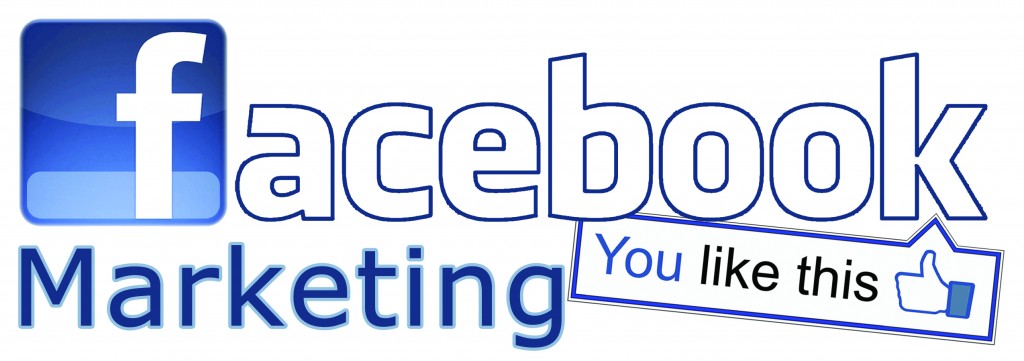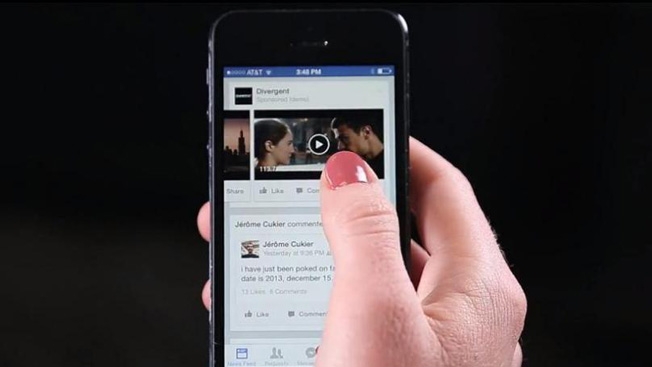Social media platforms are becoming an ever more important feature of an organisation’s media mix (Peters et al, 2013) and The Washington Post has recently commented that Facebook has almost as many users as the entire population of China (Dewey, 2014). I’m not sure what Mark Zuckerberg envisioned when he started the now-social-giant whilst at Harvard University, but I’m pretty sure it wasn’t that. The important thing to take from this is the likelihood of your potential and current customers having an account, which based on that bold statistic is rather high. As the number of social media users continues to climb, many businesses are looking to establish more than a simple profile, but an effective one (Schulze et al, 2015).
Facebook allows users to post various types of content, including:
- Images
- Text
- Videos
- Websites and blog posts, and;
- Repost other people’s content by ‘sharing’
With so much choice, it’s inevitable that some businesses will miss the mark when implementing Facebook into their overall digital marketing strategy. So the question stands – what types of posts will generate the most engagement from Facebook users?
Images
Facebook posts containing an image consistently outperform those without by 120%, whereas whole photo albums outperform the average post by 180% (Campbell, 2013). So, from those percentages, it all seems quite simple. Images generate more engagement; in fact, a lot more. On a site so highly saturated with text, of course an image is going to stand out from the crowd. Despite photos creating more buzz, what you choose to put out there must still be carefully considered. Is it relevant? Is it high-quality? Is it interesting? All of these questions are extremely important to the user and absolutely vital to the company posting them.
Text
As noted above, textual posts hold the risk of getting lost within the overloaded timelines on Facebook. In a bid to act on its users actions and preferences, the social network’s News Feed Ranking Product Manager, Chris Turitzin, declared these posts as ‘undesirable’ in 2014 and vowed to keep text updates to a minimum within the News Feed. If accompanied with a photo or video, text posts are valuable tools, but without, the likelihood of a high engagement-rate is slim.
Video
Although Facebook allows for YouTube videos, the social giant recently launched a few updates, including video playlists and featured videos. With a two-fold advantage, these videos look more professional and can be featured in an extra-large format. Most importantly, Facebook videos are proven to generate more engagement than competitors such as Vimeo and YouTube (Baldassarre, 2015). This isn’t to say you can’t make use of cross-marketing between Facebook and Youtube, as many brands do (and do very well at that).
Which brands are making the most out of their Facebook profiles?
.
Starbucks
With 36 million likes and an average of 47,000 interactions per post, relationship marketing is at the heart of Starbucks’ marketing strategy. Their Facebook page allowing consumers to manage their loyalty card and enter competitions, amongst other strategies. With varied content including videos, surveys, and coupons, Starbucks offer a diverse range of posts for their followers to engage with, keeping it fresh and interesting.
Coca Cola
With 90 million followers and roughly 4,500 interactions each day, Coca Cola holds the top spot in Facebook popularity. A prime example of their success is the SuperBowl, during which time the brand achieved 40,000 interactions. However, contrary to the usual marketing strategies, Coca Cola will occasionally go weeks without uploading a post. With the advantage of social media being able to transfer content to a more diverse range of people compared to the mass media (Newman, 2003), Coca-Cola have managed to create a network of followers where content is easily distributed to a large number of people, therefore not requiring constant updates in order to reach an audience.
McDonald’s
With 56 million, the brand are a fierce competitor in the Facebook marketing world. Adopting a ‘less is more’ approach, McDonald’s rarely shares more than one post per day. With 80% of the brand’s followers residing outside of the US, McDonald’s regularly share photos or videos, allowing followers with little or no English a chance to engage with the content. What’s the message here? The more people that can access your content, regardless or geographical location or language, the more it will be read, liked, and shared.
Red Bull
This brand have an exceptionally interesting marketing strategy, as it is extremely rare to see their actual products being advertised, and more common to see posts about extreme sports. Videos within this content sends users to YouTube, through which their channel has amassed over 1 billion views. This is an ideal example of social media platforms providing an opportunity to connect with consumers by using richer media with a greater reach (Thackeray et al, 2008). Being such a visually exciting page, Red Bull engage their users with interactive content and regular updates, creating a loyal mass-following.
And finally, what not to do…
London Luton Airport
Shortly after a Chicago flight slid of off the runway and killed a 6-year old boy onboard, London Luton posted the below text and image on Facebook. Unsurprisingly, a grovelling apology came soon after. What does this teach us? Think before you post. Always.
Facebook itself recommends that to make your business ‘come alive’ on the platform, you must aim to be authentic, responsive, consistent, and make successful posts into successful promotions (Facebook, 2015). Additionally, Facebook states the ‘recipe for success’ is to create posts and adverts that are ‘interesting and valuable to your customers – and to target your messages so that the right people see them.’
There are various ways in which you can create a loyal following, as articulated by LaPointe (2012);
“Fans can come to the brand through many different pathways. Fans can be earned – through good content, good media or both. Or fans can be bought through discounts, points, miles, or other ex-brand value drivers.”
So, what can we gain from all of this?
- Embrace images
- Make the most of your cover photo, it’s ‘prime real estate’!
- Highlight your best posts. Facebook no longer works in a chronological order, as you can opt to ‘highlight’ a post, drawing more attention to it. Red Bull highlighted a month-old video, taking it from 10,000 likes to 12,000.
- Run contests to boost engagement.
- Embrace your fans by posting their photos and posts. It will create a brand-consumer relationship and encourage others to do the same.
- Don’t make jokes about planes crashing (Take note, London Luton).
References:
Baldassarre, R. 8 Ways Businesses Can Benefit From Facebook. [Online] Available at: http://www.entrepreneur.com/article/244837 [Accessed 22 April 2015].
Burney, K. Case Study: Top Content From The Most Engaging Brands on Facebook. [Online] Available at: http://trackmaven.com/blog/2014/06/case-study-most-engaging-brands-on-facebook/ [Accessed 22 April 2015].
Campbell, K. 3 Most Engaging Types of Facebook Posts. [Online] Available at: http://digitalmarketingmagazine.co.uk/social-media-marketing/3-most-engaging-types-of-facebook-posts [Accessed 29 April 2015].
Dewey, C. Almost as many people use Facebook as live in the entire country of China. [Online] Available at: http://www.washingtonpost.com/news/the-intersect/wp/2014/10/29/almost-as-many-people-use-facebook-as-live-in-the-entire-country-of-china/ [Accessed 22 April 2015].
LaPointe, P. (2012). Measuring Facebook’s Impact on Marketing. Journal of Advertising Research. pp. 286-287.
Lee, K. We Tested All the Best Advice to Get More Clicks on Facebook, Here’s What Worked. [Online] Available at: https://blog.bufferapp.com/facebook-marketing [Accessed 22 April 2015].
Newman, M. (2003), “The structure and function of complex networks”, SIAM Review, Vol. 45 No. 2, pp. 167-256
Peters, K., Chen, Y., Kaplan, A. M., Ognibeni, B, and Pauwels, K. (2013) Social Media Metrics – A Framework and Guidelines for Managing Social Media. Journal of Interactive Marketing, Vol. 27, Issue 4, p 281 – 298.
Schulze, C., Scholer, L, and Skiera, B. (2015) Customizing Social Media Marketing. MIT Sloan Management Review, Vol. 56, No. 2.
Thackeray, R., Neiger, B.I., Hanson, C.L. and McKenzie, J.F. (2008), “Enhancing promotional strategies within social marketing programs: use of Web 2.0 social media”, Health Promotion Practice, Vol. 9 No. 4, pp. 338-343.
Van Grove, J. Facebook to show fewer text posts from Pages. [Online] Available at: http://www.cnet.com/uk/news/facebook-to-show-fewer-text-posts-from-pages/[Accessed 22 April 2015].












